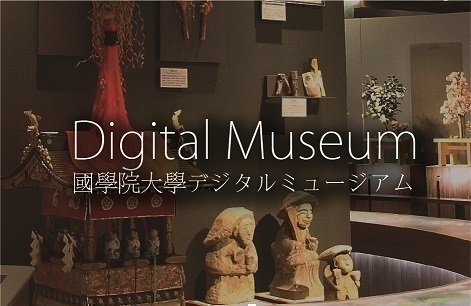- トップ
- Encyclopedia of Shinto
- Fugeki
Encyclopedia of Shinto
| Main Menu: | |
| Links: |
詳細表示 (Complete Article)
| カテゴリー1: | 6. Belief and Practice |
|---|---|
| カテゴリー2: | Divination and Supplication |
| Title | Fugeki |
| Text | A religious figure that receives the power of a divine spirit and communicates its will (takusen; see Kamigakari Takusen) or summons the spirit of a deceased person who speaks through him or her. A fugeki is believed capable of summoning a divine spirit or the spirit of a deceased person to descend into his or her body and mind, which both spontaneously and deliberately become the site to which the spirit descends ; this process is called hyōi ("possession"). Such a religious figure is called a "shaman," although, since he or she serves as an intermediary to the world of divine or deceased spirits, he or she could be called a "medium" (reibai). According to the Wamyōruijushō, fu refers to a female shaman (onna miko), also known as a kannaki or joshuku , and geki refers to a male shaman (otoko miko), also known as a onoko kannaki or 男祝 . The Treatise on the Wa People (Woren zhuan; J. Wajinden) section of The Official History of Wei (Weizhi; J. Gishi) describes Himiko as a woman who skillfully captivated people through sorcery (kidō 鬼道). Line drawings on earthenware fragments dating back to the Yayoi period show a person raising both arms as if to fly and wearing a costume with what appear to be outspread wings. The person in this bird costume is presumed to be a priest officiating at a ceremony for the community. The appearance of a bird was probably assumed by the priest to conduct the ceremony because birds were believed to be the bearers of spirits of grains (kokurei) and ancestral spirits (sorei). A figurine excavated from the Shimizudani ruins in Nara Prefecture has a deer drawn on its chest that is hypothesized to have been offered as a sacrifice or regarded as a spirit of the land. An artifact from the Karako-Kagi ruins, also in Nara Prefecture, has female genitals drawn on the bottom half of its body. Though whether or not the figurine depicts a person who will conduct a harvest rite is uncertain, the figurine does appear to be a female priest. In myths from the Kiki (a collective term for Kojiki and Nihon shoki) and in the later Miraculous Tales of Japan (Nihon ryōiki), shamans are called kannaki or kaminaki; in the medieval period, they were called ichi, ichiko, and ichimiko. Female shamans can be found in Kiki mythology within depictions of Amenouzume, Yamato Totobimomosohime, and Empress Jingū (Jingū kōgō), whereas their appearance is portrayed in Illustrated Miraculous Tales of the Kasuga Deity (Kasuga gongen kenki-e), Illustrated Scroll of Annual Events (Nenchūgyōji emaki), and other visual records. In Japan's Tōhoku region today, there are shamans who are called by such names as itako (Aomori Prefecture), ogamisama (Miyagi Prefecture), and waka (Fukushima Prefecture) as well as blind "female shamans" (miko) who summon the spirits of deceased persons whose words they communicate. Found throughout Japan, sighted female and male shamans are generally called kamisama but are called yuta, kankariyā, and other names in Okinawa. Spiritualists and others with special spiritual abilities are particularly active in urban centers where they are called by various names. — Kawamura Kunimitsu |




